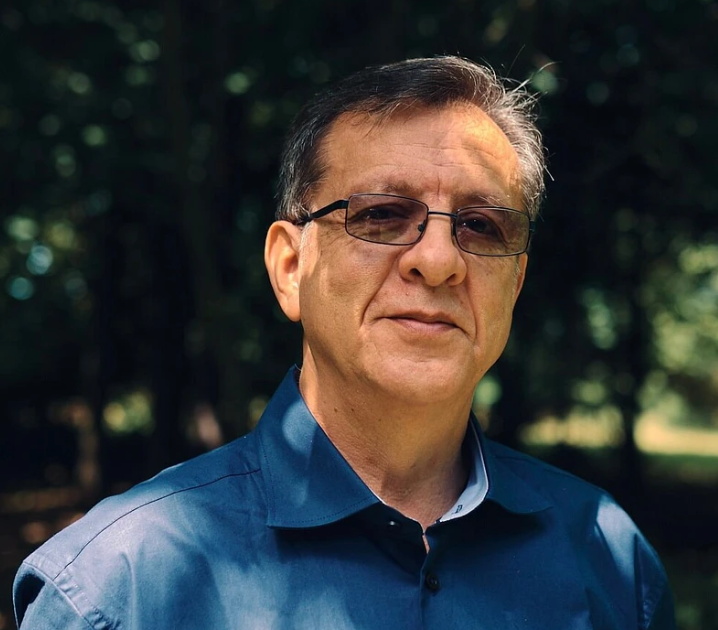
Luis Eduardo Luna was born in Florencia, Caquetá, in the Colombian Amazon. After studies of philosophy and theology with the Piarist Fathers in Bogotá and Spain, he left the order to study Latin American Literature at Universidad Complutense de Madrid. In 1971 he met Terence McKenna with whom he took yajé, a psychoactive preparation used by several indigenous ethnic groups of the Amazon. He obtained an interdisciplinary M.A. and then a Ph.D. in Comparative Religion and taught Latin American literature at Oslo University. His dissertation examined the use of “plant teachers” such as ayahuasca, among the mestizo population of the Peruvian Amazon. Luis Luna was named 2002 Doctor of Humane Letters by St. Lawrence University, Canton, New York. He has published several books and numerous papers on shamanism in the Amazon. In 2011 he retired from the Hanken School of Management in Helsinki and founded the Wasiwaska Research Center for the Study of Psychointegrator Plants, Visionary Art, and Consciousness, Florianópolis, Brazil (www.wasiwaska.org).
Colloquium Presentation: 08 July 2022 – 5pm
The Wasiwaska Ethnobotanical Garden in Southern Brazil: A Chronicle.
Colloquium Presentation: 31 March 2023 – 3.30-5pm
The Ayahuasca Visions of Peruvian Painter Pablo Amaringo and The Usko-Ayar Amazonian School of Painting. A chronicle (1985-1994).
Abstract
In 1985, while I was doing research on the use of sacred plants among the mestizo population of the Peruvian Amazon, I met Pablo Amaringo, a former vegetalista, a term that refers to practitioners specialized in the use of ayahuasca and other plants often psychoactive. Occasionally he painted Amazonian landscapes, exhibiting admirable eidetic memory. I asked whether he remembered the visions he had while taking ayahuasca. This resulted in the publication of a book and a ten-year collaboration. In 1988 we created the Usko-Ayar Amazonian School of Painting, totally free of charge, which had around 300 students when I left the project in 1994. Pucallpa became a center of visionary art, closely linked to what has been called “ayahuasca tourism”. I will present here a chronicle of this collaboration, with its many facets, and some contemporary consequences, as former students now exhibiting their work in several countries, and replicating the original project.